For Lesson Five we'll add and build on the lesson and material from lesson four.
For Lesson Five we'll add and build on the lesson and material from lesson four.
In lesson five you’ll learn to following:
- Learning the Fingerboard, Secondary Key Fret (10)
- Four Finger, Single Note, Single String Fingering Drill Variations
- Secondary Chords - Key of D (Em, F#m and Bm)
- Common Chord Progressions for D Major
- Core Strumming Pattern Three
- Understanding Interval Inversion
In lesson five you’ll learn to following:
- Learning the Fingerboard, Secondary Key Fret (10)
- Four Finger, Single Note, Single String Fingering Drill Variations
- Secondary Chords - Key of D (Em, F#m and Bm)
- Common Chord Progressions for D Major
- Core Strumming Pattern Three
- Understanding Interval Inversion
NOTE: Although these lessons are presented as a weekly series, you can and should take as long as you like to master each week's lesson as there is a lot of material in each lesson in the series.
The individual lessons in this series are viewable from the Lessons button bar above.
The Fingerboard - Secondary Key Fret (10)
The second of the two secondary key frets, fret (10).
- LESSON: Learning the Fingerboard, C Tuning - Fret (10)
- LESSON: Learning the Fingerboard, C Tuning - Derived Frets
From this week’s fret (10) F A# D G you get fret (11) F# B D# G# and the fret (9) E A C# F#.
With the key and secondary frets and their derived higher and lower frets, this is the whole fingerboard.
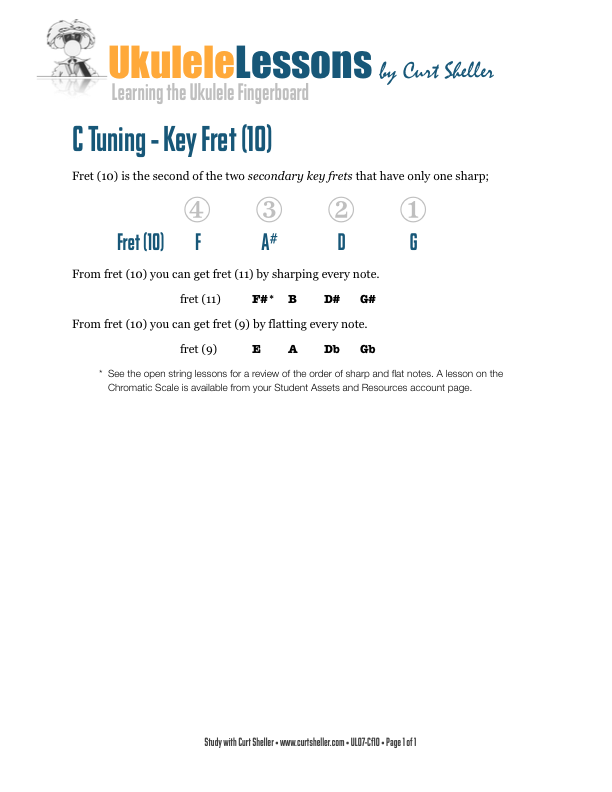
Technique - Four Finger - Four Note Fingering Drills, Variations
Taking the four note single string fingering drills explore this lesson on create a simple variation.

Secondary Chords - Key of D
Continuing with the common of key of D major and adding to the primary chords D, G, A and A7 from last week’s lessons. We can add the secondary chords Em, F#m, and Bm.



- Series: Key Signatures - D Major and B Minor
- LESSON: Secondary Chords of D Major
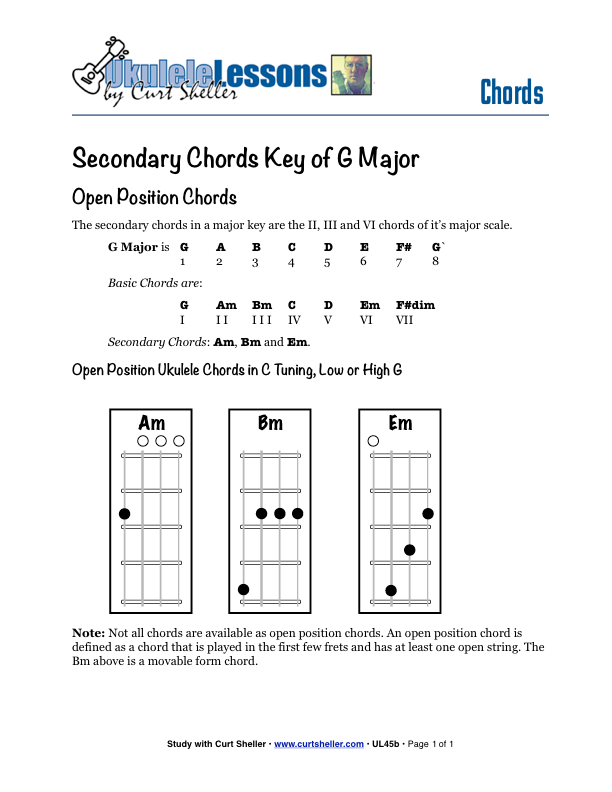
Common Progressions - Key of D
With the primary and secondary chords in the key of D.
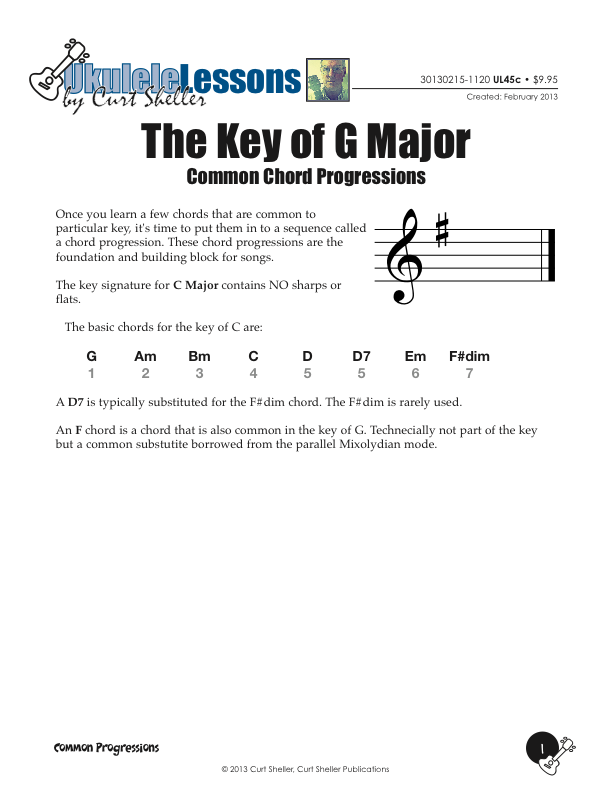
Core Strumming Pattern Three
This is the third of the four core strumming patterns. Theses are some of the most famous strumming patterns used.
- LESSON: Strumming Pattern Three
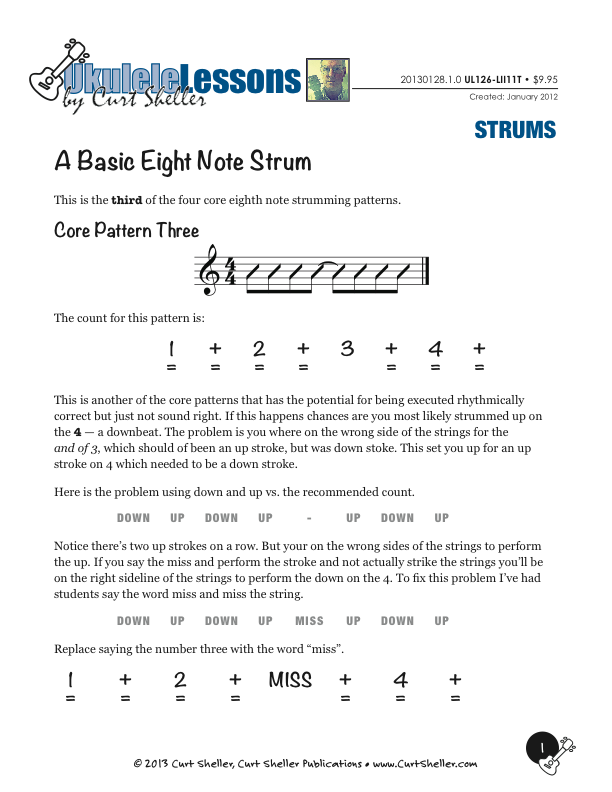
Understanding Interval Inversion
Last week’s lesson explored Chromatic intervals. This week we explores inversion.
- LESSON: Understanding Interval Inversion
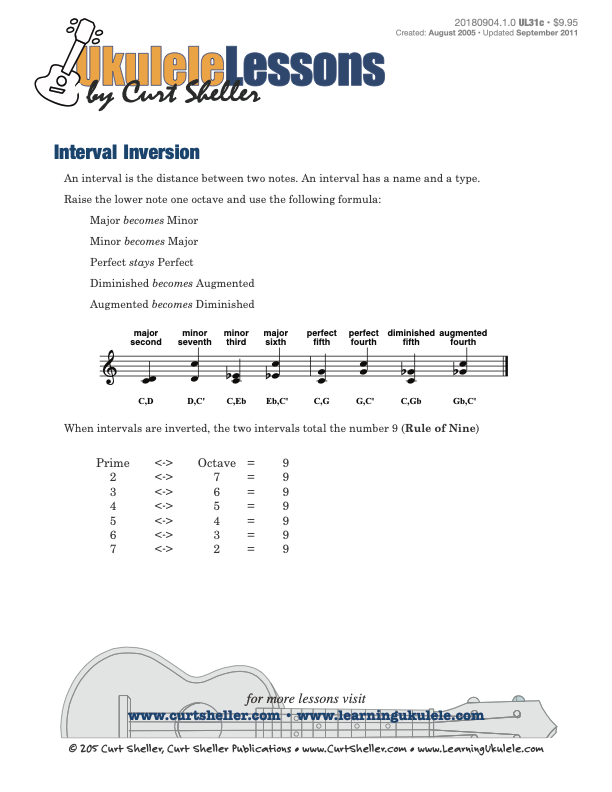
Related Lessons, Videos, Lesson Series, Songs, Books & Reference Charts, Resources & Assets, Workshops are below.
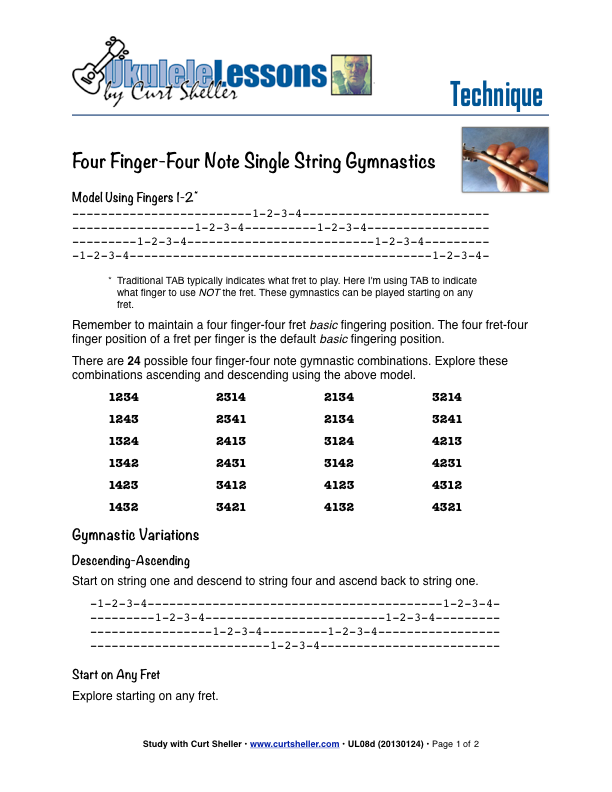
To play the ukulele effectively, your fingers need physical strength, agility, flexibility and coordination. This four finger-four note drill is designed to get your hands in shape. These exercises work no matter what style of ukulele you play or want to play.

Harmonic Analysis (HA), also known as the study of chord relationships, is the method used to identify the harmonic role of chords within a chord progression or song. A chord progression refers to a sequence of chords, with each chord having a root note and belonging to a specific chord type. The function of a chord within a particular scale's tonality is determined by its relationship to that scale.

Modular Phonetic Rhythm represents a significant advance in the teaching and application of rhythm. Eliminating many inefficient aspects of rhythm education, Modular Phonetic Rhythm streamlines the traditional educational approach, resulting in a reflexive reaction to rhythm.
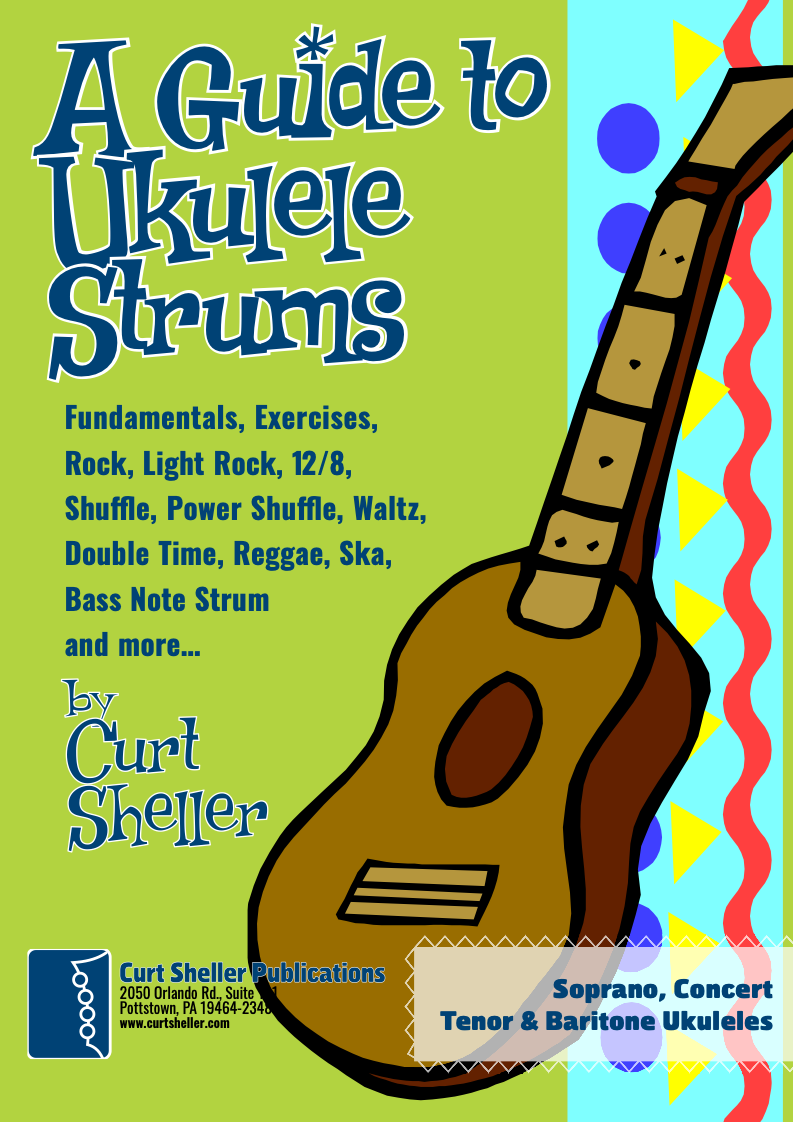
Learn a variety of strums and rhythmic patterns in wide range of musical styles. One of the first skills a ukulele player learns is the art and craft of strumming, playing rhythm. This refers to an accompaniment technique suitable for the singer, singer - songwriter or someone who plays a support role for another instrument.

Finally, learn the names of the notes of the fingerboard. Learning the notes of your instrument allows you the flexibility of not having to remember so many shapes. There are simply way too many chords, scale and notes patterns, and shapes to remember. It all comes down the notes.


return in your investment)—it is this— learning the
f*ckingnotes of your OWN instrument. Sorry for the tough talks—but it is sooooo true!


Learn to read single note melodies in the first/open position is a lot easier than you might think. Book: Ukulele – Reading Music Series – Primer

An organized collection of daily practice and reference material for the contemporary ukulele player for developing the vocabulary and knowledge necessary for single note playing. Book: Daily Practice Material for the Contemporary Ukulele
Checkout the Books & Reference Charts for additional Handy, Dandy Reference Charts.

Ukulele Fingerboard Chart for C Tuning, Low or High G – G C E A

Ukulele Fingerboard Chart for G Tuning, Low or High A – D G B E

A handy reference chart of all 15 major and relative minor key signatures. US Letter 8.5 x 11 sized (ANSI-A) , A4
Getting Started with `Ukulele - Lesson Five.













.jpg)